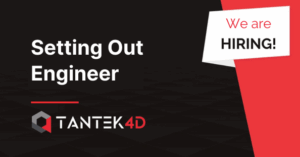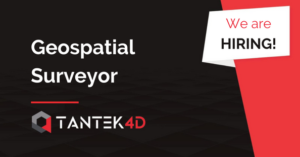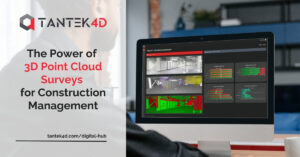BIM – building information modelling – has been a feature of the construction industry for decades, but the use of BIM processes and methodologies is picking up pace. One of the reasons for this is the high-priority push for digital transformation across all aspects of business and in all industries. BIM is part of the digital transformation journey.
As we are heading into an era where BIM will be much more commonplace, including on smaller projects, it is important to get an understanding of where the construction sector is today.
In this series of blogs, we are going to look at the challenges of BIM adoption, how those challenges can be overcome, and the opportunities open to the construction sector as a result of BIM processes, methodologies, and solutions.
We are going to start, however, by looking at the latest BIM trends in construction – both those that are taking hold and emerging trends that will become more important in the future.
BIM Trends in the Construction Sector
Artificial Intelligence – AI
BIM solution providers and consultants like Tantek 4D continue to explore the opportunities for AI technologies in BIM, including for improving large-scale data analysis and supporting stakeholders and users.
AR, VR, and Mixed Reality
AR (augmented reality), VR (virtual reality), and mixed reality are technologies that also enhance the ability to visualise buildings, spaces, and features that don’t yet exist in the physical world. As a result, these technologies can further enhance collaboration and decision-making, especially in client-project team interactions.
Sustainability
Sustainability is another topic that is becoming increasingly important with evolving regulations, as well as client, stakeholder, and user demands. In short, the construction industry needs to continue working to become more sustainable and buildings themselves have to be more sustainable over the entire building lifecycle. Improved access to data and enhanced collaboration are some of the ways BIM adoption helps drive sustainability improvements.
Digital Twins
Digital twins are becoming more integrated into the BIM collaborative process. Digital twins improve visualisation and analysis capabilities, enhancing decision-making in essential areas such as design, sustainability, and performance. Digital twins can also have a role post-construction, helping with facilities management and the ongoing optimisation and running of the building.
Interoperability
One of the main challenges of BIM adoption is the interoperability of systems. Put simply, there are systems that can’t work together, and data is not standardised. There are various ongoing initiatives in the BIM sector to improve standardisation and interoperability. Working with an expert consultancy like Tantek 4D can also resolve interoperability issues before they become a problem.
Cloud Technologies
BIM systems are increasingly based on a SaaS model – software as a service. This means the system and all the accompanying data can be accessed from anywhere and on any device, further improving communication, collaboration, and oversight.
3D Printing
3D printing provides project teams on construction projects with a bridge between virtual data and the physical world, where digital representations of almost any element can be reproduced quickly, cost-effectively, and on in-house equipment as a physical model.
Focus on UX
One of the challenges of BIM adoption is the lack of skills, knowledge, and confidence in using BIM technologies in the construction sector. Working with an expert consultancy like Tantek 4D helps to overcome these challenges, but many BIM system vendors are also stepping up to the plate by making the UX (user experience) more intuitive with a faster and easier learning curve.
Up Next: BIM Challenges in the Construction Sector
In the next blog in this series, we will look at the challenges that companies face in fully adopting BIM processes and methodologies. We’ll also explore how to overcome those challenges, with some of the trends highlighted in this blog contributing to the solutions.




